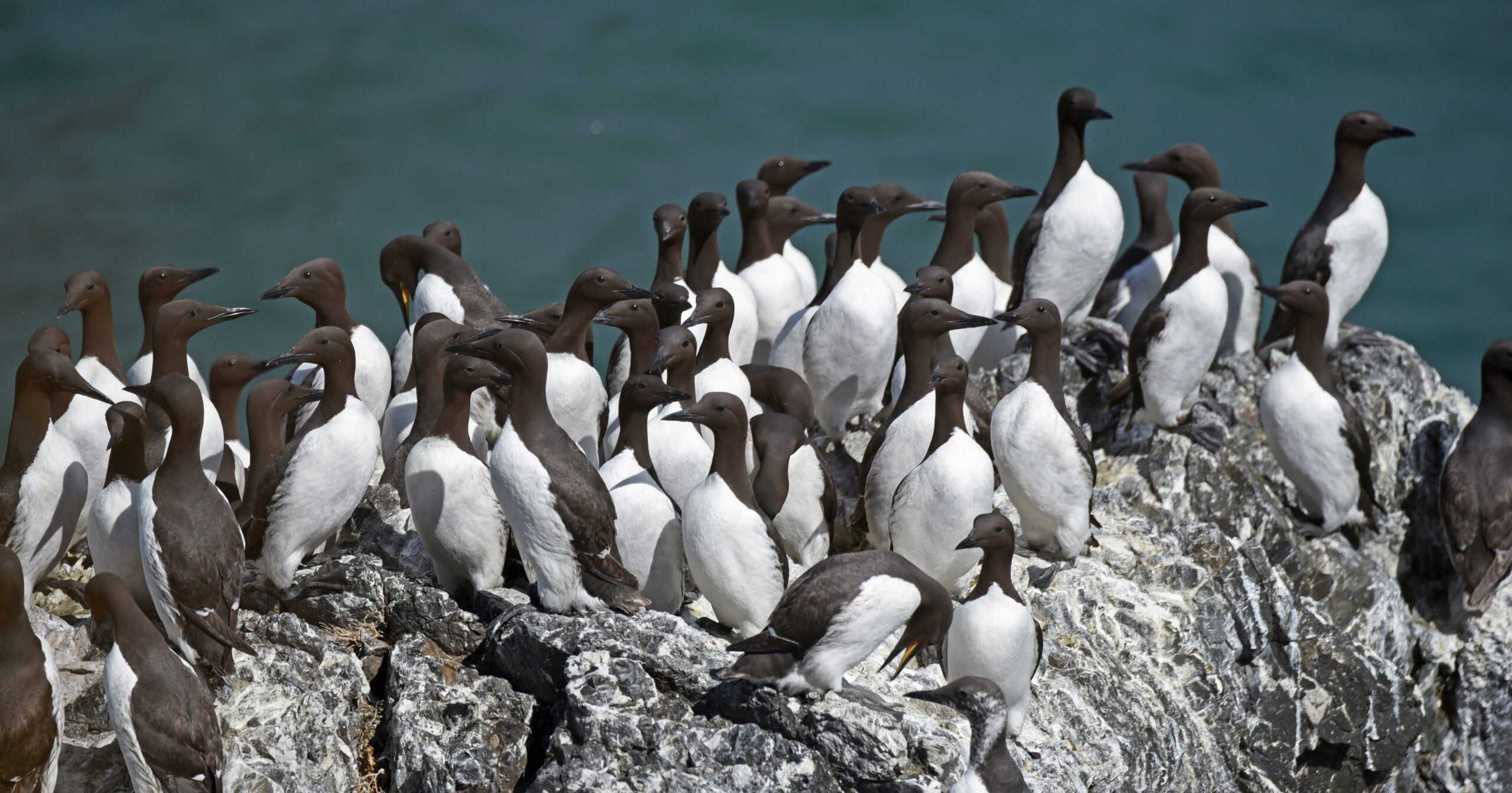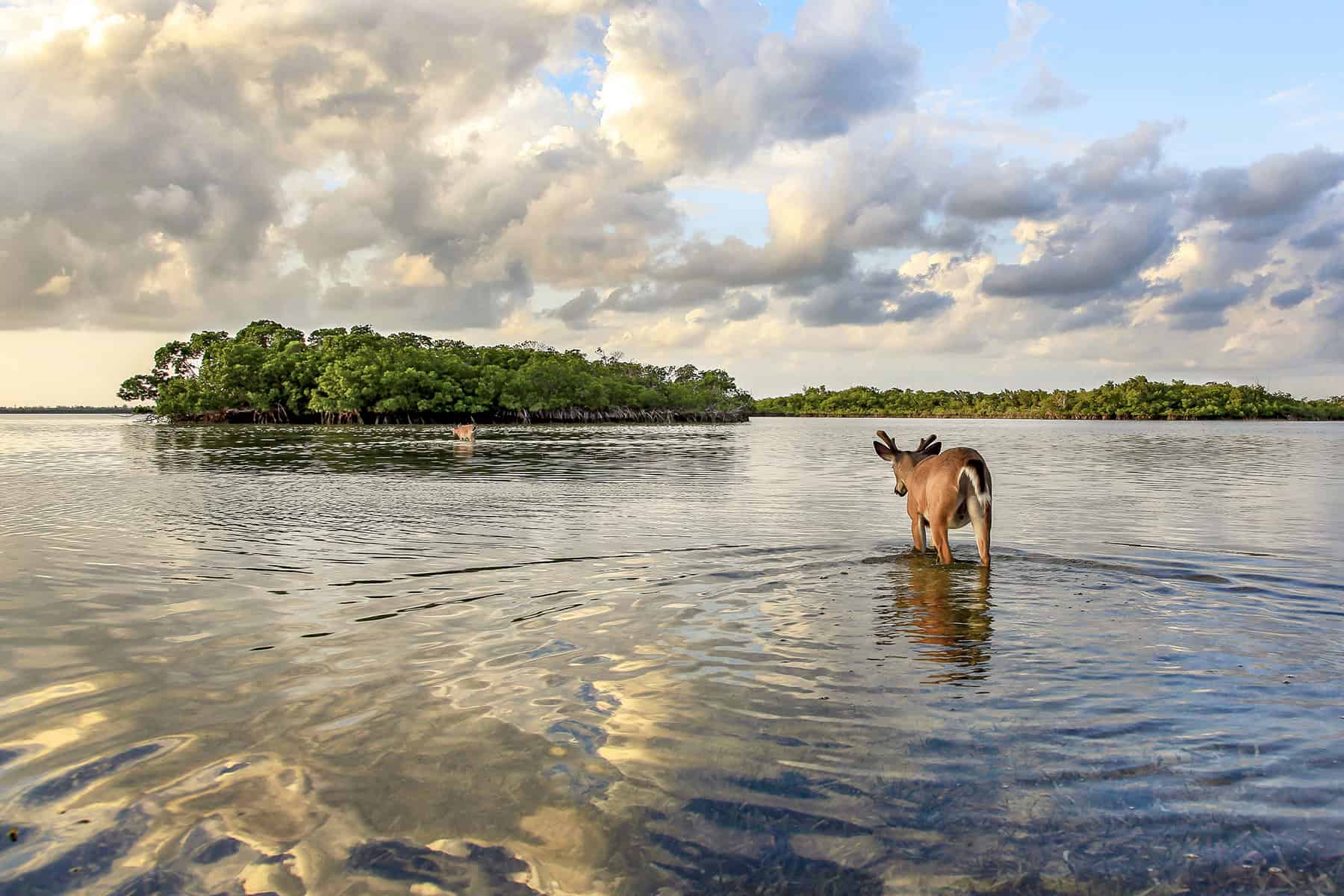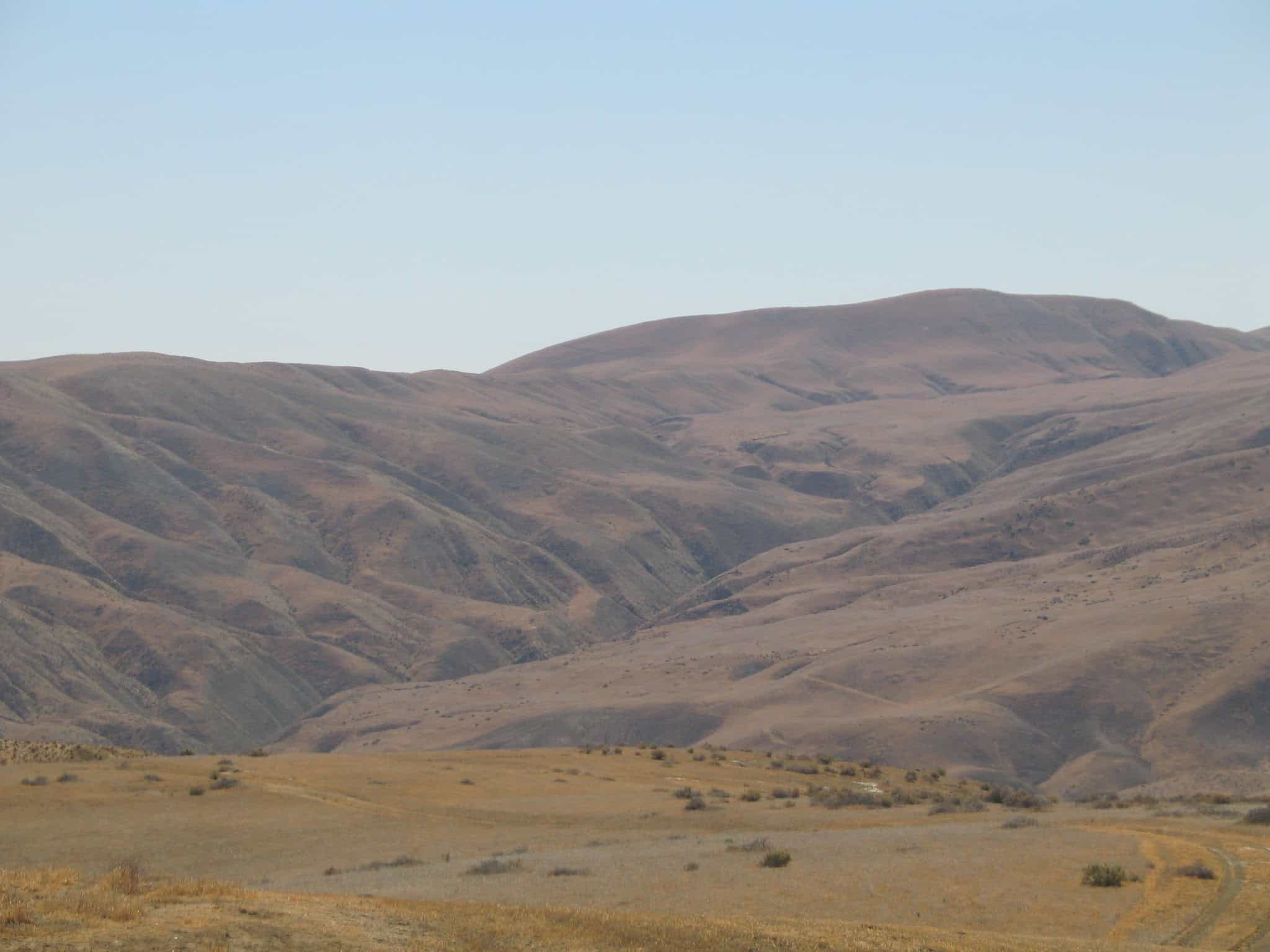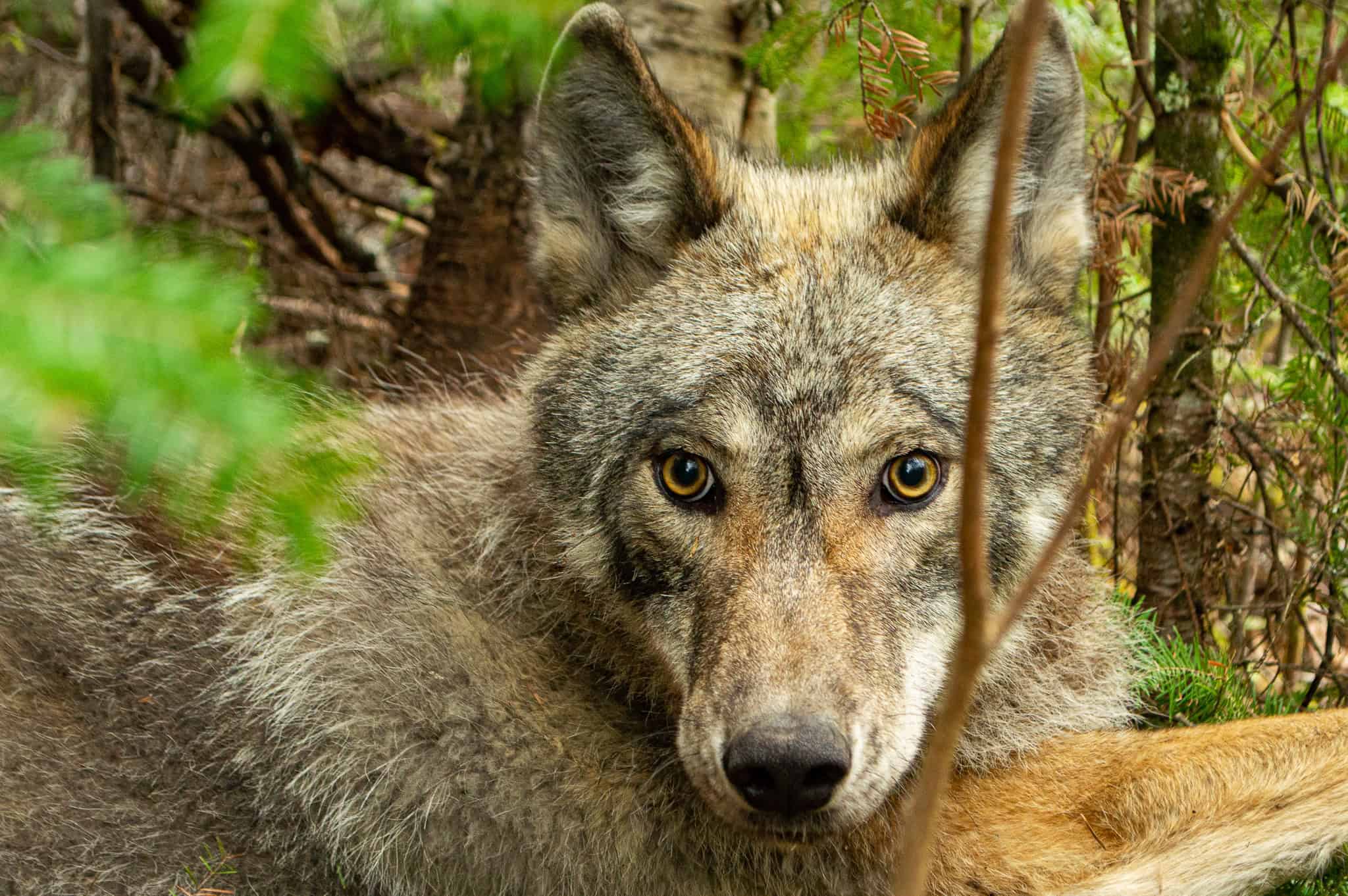Share this article
Wildlife Featured in this article
- Common murre
Marine heat wave spurs common murre decline
Common murre populations were left without food following a heat wave
Common murre colony numbers halved in the Gulf of Alaska following a marine heat wave. Scientists and other observers first discovered a massive mortality event in the seabirds in 2020 along the West Coast of the U.S. and Alaska. The University of Washington Coastal Observation and Seabird Survey Team (COASST) discovered 62,000 carcasses in just one year. They believed a massive marine heat wave from 2014 to 2016 known as “the blob” caused the decline. In a study recently published in Science, researchers set out to estimate the total mortality of common murres (Uria aalge) and later effects from the heat wave. After analyzing 13 colonies surveyed between 2008 and 2022, they found that the colony size in the Gulf of Alaska halved after the heat wave. Colonies along the eastern Bering Sea declined 75%. “This study shows clear and surprisingly long-lasting impacts of a marine heat wave on a top marine predator species,” said Julia Parrish, a professor at the University of Washington and co-author of the study. “Importantly, the effect of the heat wave wasn’t via thermal stress on the birds, but rather shifts in the food web leaving murres suddenly and fatally without enough food.”
Header Image: A group of common murres on a breeding colony in Alaska. Credit: Sarah Schoen/U.S. Geological Survey








